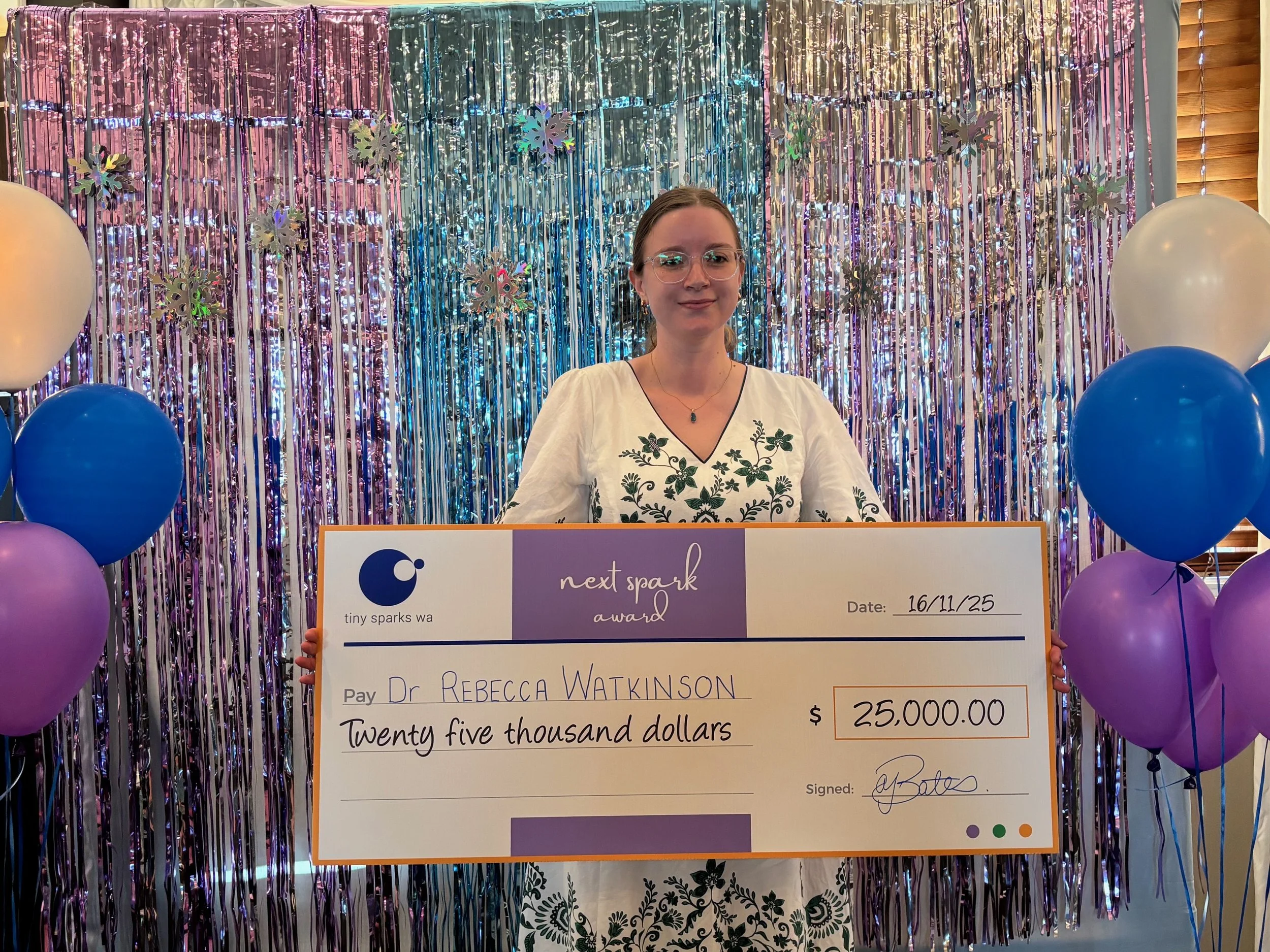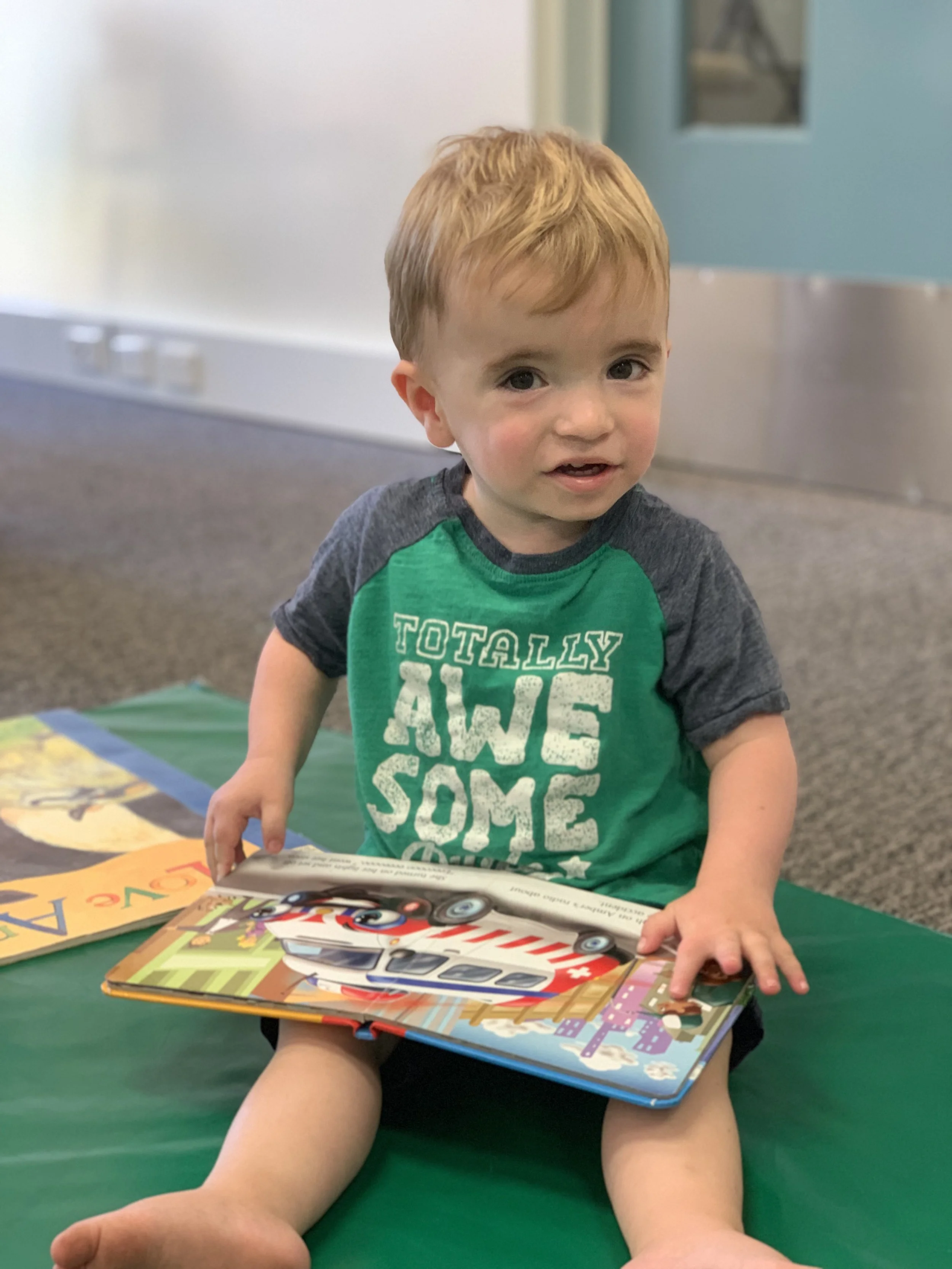All seemed fine from that point, I even had an early baby shower that was so lovely. I was able to enjoy my pregnancy for really the first time since all of these complications arose. That was until I was thrown another curve ball, this time a huge one. I started having some what I thought of as general pregnancy woes. At my baby shower I had tightness in my chest that I thought was nervous excitement. Then I had it again in the middle of the night that was strange. The next day I saw spots and was dizzy, but I thought it was because I was hungry and had just done the gestational diabetes test. But then I remembered I had been very itchy and my liver results came back elevated. The GP hadn't pushed for anything to be done at the time but when I put it all together I was worried. The final indicator something was not quite right was when my feet and ankles ballooned within a couple of hours, very unusual for me. So with the push from my mum, I called the midwives at Kaleeya and drove in by myself for a quick check that night before my antenatal class while my husband was at the gym.
I was instructed to do a urine sample and then lay on the bed while the very efficient midwife took my blood pressure. She had a funny look on her face and said she would just take it again. I knew something was wrong when she wanted to check one more time. My blood pressure was 190/120 and I had 4+ protein in my urine. The midwife looked panicked and I started to feel really scared. I was told to stay on the bed as everyone starts rushing around me. I was given the steroid injection, a cannula was inserted, and meds after meds which didn't do anything to bring my BP down. My husband was called and he rushed in and I felt better knowing I had him there with me, we were in this together. I was then taken into a labour ward with a very caring nurse who did not leave my side and they called the head of obstetrics in. It was then that I was told I had severe pre-eclampsia and suspected HELLP syndrome. I went with that same lovely nurse in an ambulance and was rushed straight up to MFAU at King Eddies. I was there overnight with the thought I may need a C Section to deliver my baby at any time. Thankfully my BP came down a bit so I was brought down to a ward early the next morning and monitored. I was 27 weeks and 1 day.
The next day I had an ultrasound and was told my baby was measuring 24 weeks and was only 700 grams. The specialists were very concerned for me and for my baby and said we are playing a dangerous balancing game to keep me from having seizures or a stroke, and to try to grow our baby to a size that was not so extreme and fragile. I was put under the Gold Team and on complete bed rest, with a myriad of medications and injections to stave off the inevitable. I felt a bit like a pin cushion, which I should have been used to from all the years of fertility treatment! My various work commitments were cancelled, including teaching roles within the University of Notre Dame, a part time role I had started that year at a lovely little local primary school, and my musical performance schedule was wiped. I didn’t know at the time, but I would not be leaving those hospital walls before my baby was delivered. I noticed the growing intensity in the tense look on my husband’s face and saw how stressed my family were. I kept thinking, no I have to be strong. Everything is going to be ok.
The paediatricians from the NICU and special care nurseries met with me a few times, but I couldn’t really comprehend what was happening. I missed my little dogs, I missed my home and husband. I kept asking the doctors when I would be able to go home. I thought that I would somehow be able to carry on as normal when they could get my BP down and I would get back to resuming my life. I know now I was in complete denial and was only focusing on what they were telling me about the baby, and disregarding what they were trying to stress to me about my condition. Each time they said “No Rebecca, you need to know you will not be leaving here don’t you? The goal is to get you as far along as we can, but it’s like a knife edge. We have to be very careful. The only cure for pre-eclampsia is delivering the baby”. It was then I was also diagnosed with cholestasis, explaining the extreme itching in my hands and feet. As well as the severe pre-eclampsia, cholestasis can be very dangerous for the baby and it was something my GP should have realised and acted upon from my earlier elevated liver tests.
I used the time I had on bed rest in Ward 3 to read everything and anything I could get my hands on to prepare me for a premature baby. I looked for information and stories about preterm birth and stories of survivors in Western Australia in particular, the locality made me somehow feel more reassured that if those babies can make it here in Perth, then my baby can make it too. I became obsessed with researching low birth weights and gestational ages, and that was when I remembered I had actually contacted Tiny Sparks WA back at 23 weeks when I first started having those contractions. Bronwyn Rose, chairperson, was so generous with her time, and answered all my questions as best she could, and provided me with a real sense of comfort. I am a big believer in a trouble shared is a trouble halved. I contacted Bronwyn again when I was admitted to KEMH with my pre-eclampsia and she was once again a wonderful support. Over the next week I would regularly look on the Tiny Sparks WA website and Facebook page. I am so glad there is now the Tiny Sparks WA High Risk Pregnancy Support Group as an amazing support to women going through very difficult pregnancies. If we can be there for each other in such times of need, we are in some small way also validating our inner strength and understanding. Sometimes we just need to be heard, sometimes we just need to share with those who “get it”…..























































